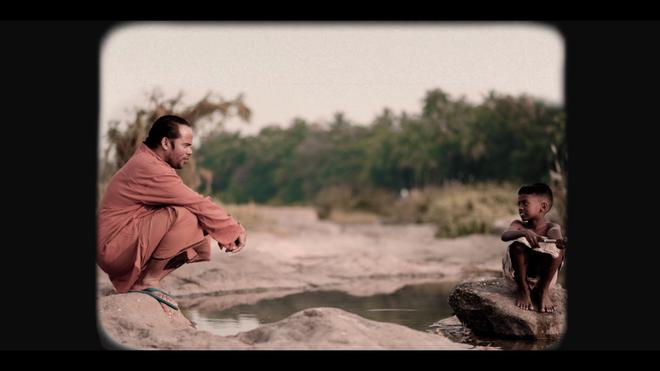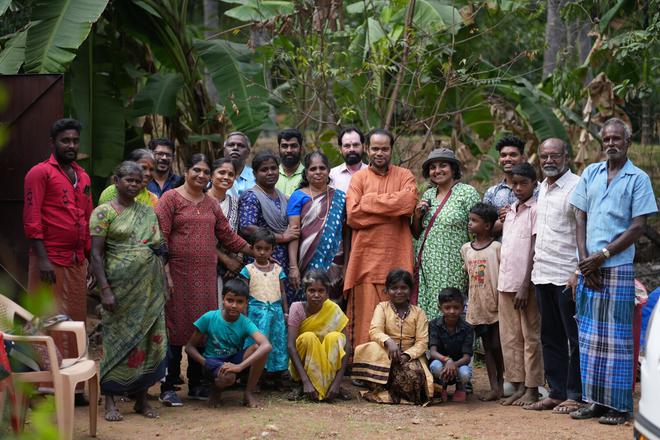Being attacked by violent casteists and conservatives was almost a habit for Swami Anandatheerthan. Even the relatively braver ones tend to be cautious after the first attack, but he continued with his wide-ranging efforts towards fighting casteism in Kerala and neighbouring States, combining direct action and legal moves in equal measure. For that matter, if he were living today, he would certainly have been a target of such attacks for the kind of positions that he used to take.
But, for someone who has been in the forefront of such struggles, few public records exist of his activities. Now, a new documentary Nishedhiyude Aathmashakthi, directed by Bindu Sajan and Abhijith Narayanan, sheds light on the life of the Swami, the last disciple of Sree Narayana Guru.
Through conversations with those who have gained from his initiatives in real life, the documentary, which premiered at Bharat Bhavan here on Sunday, paints a vivid picture of a man who never backed down in the fight for the oppressed and the downtrodden.

The challenges only seemed to embolden him to further expand his fight, much of it in an individual capacity, to more territories. In his own words, from his memoir titled ‘Smaranakal’, he went to temples not in search of God, but because he realised that the demon of casteism and untouchability has found a home in temples run by upper caste Hindus.
He led attempts for access to public spaces, temple entry and equal treatment for Dalits, organised inter-caste feasts and encouraged people to get married out of their castes, getting attacked almost every time by those who wanted to maintain the status quo. Despite the saffron cloak, he never allowed himself to be appropriated by the larger Hindutva political project.

Some of the moving recollections in the documentary are from people who came under the care of the Swami during their younger days, when he saved them from destitution and taught them at the Sree Narayana Vidyalayam in Payyannur, which he set up with his own money. He had to weather opposition from the local population to teach the Dalit children.
One of the things he did was to rename the Dalit children, who were not allowed to have the names usually used by the upper castes, so that they won’t be discriminated against based on their names. In fact, the idea of the documentary began from a person’s curiosity over his father’s unconventional name, who it turned out was a student of the Swami and named by him.
In villages in Melur and Mankulam in Madurai, the documentary team encounter old people who have been part of Anandatheerthan’s fights for Dalits, especially to access a public well or to get tea served in a glass at the local teashop.
One of the residents from the present generation speaks with much gratitude for the fight led by him, which paved the way for many changes, aiding them to lead a free life, without fearing the diktats of the upper castes. His early life was no less rebellious, with his participation in the Civil Disobedience Movement and the jail term for participation in the Salt Satyagraha. The Swami continued to fight on several fronts until his death in 1987.
The documentary tides over the challenge of not having archival footage or documents by dramatic recreation of events from the Swami’s life, and with some serious leg work, weaving a compelling story through the many lives he touched. Nishedhiyude Aathmashakthi is a much needed tribute to an anti-caste fighter whose contributions have not been recognised enough.







